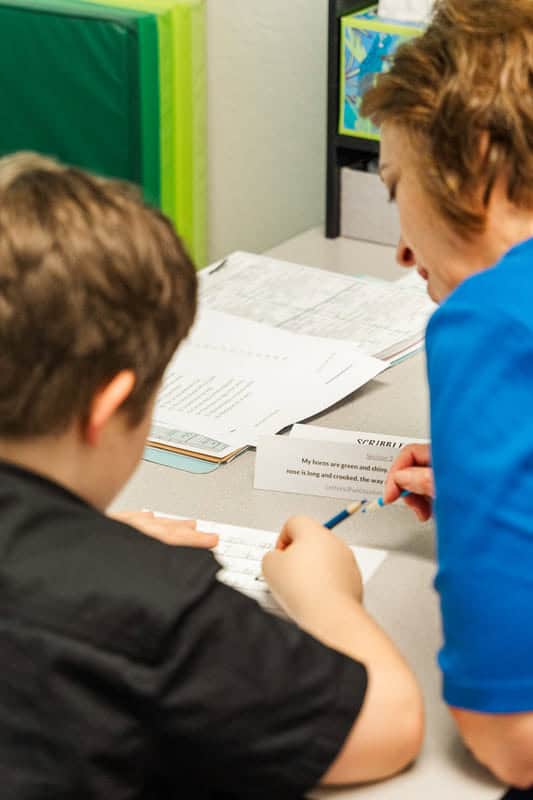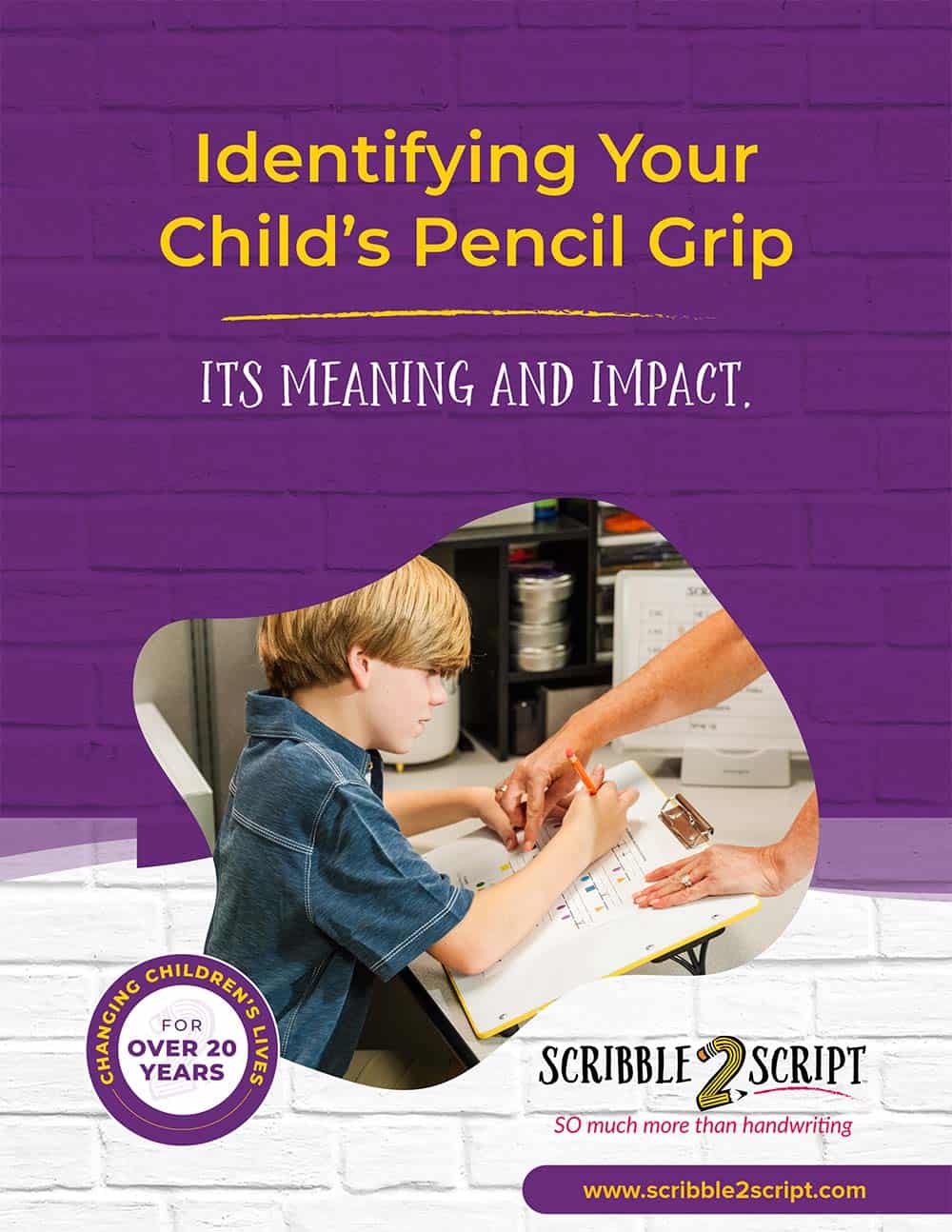Many children with ADHD struggle with messy, slow, or inconsistent handwriting. Writing requires a combination of fine motor control, sustained attention, and executive functioning skills—areas that children with ADHD often find challenging. As a result, handwriting can feel frustrating and overwhelming for both the child and their parents.
In this blog, we’ll explore how ADHD affects handwriting, common challenges children face, and strategies to support their success.
How ADHD Affects Handwriting
Handwriting is a complex skill that involves multiple cognitive and motor processes. Children with ADHD often experience difficulties in the following areas:
1. Poor Fine Motor Control
- Signs: Awkward pencil grip, difficulty forming letters, hand fatigue, inconsistent pressure on the paper.
- Why It Happens: Children with ADHD may have weak hand muscles or struggle with motor coordination, making precise pencil movements difficult.
2. Difficulty with Focus & Attention
- Signs: Frequent distraction, forgetting words mid-sentence, skipping letters or words, inconsistent letter sizing.
- Why It Happens: ADHD affects a child’s ability to maintain attention on multi-step tasks like writing. They may start strong but lose focus before completing words or sentences.
3. Slow Processing Speed
- Signs: Taking significantly longer to write than peers, struggling to keep up with classroom writing assignments.
- Why It Happens: ADHD can slow a child’s ability to recall letter formation, organize thoughts, and physically produce written work, leading to frustration and avoidance.
4. Impulsivity & Letter Reversals
- Signs: Messy handwriting, frequent spelling errors, reversing letters (like b/d or p/q), writing too fast and making mistakes.
- Why It Happens: Impulsivity in ADHD can lead to rushed, unmonitored writing. Children may write quickly without checking for mistakes or maintaining proper spacing.
Handwriting Strategies for Kids with ADHD
Although handwriting challenges are common for children with ADHD, there are effective ways to support them and build confidence.
1. Use Multi-sensory Learning
- Engage the senses to reinforce letter formation.
- Try activities like writing letters in sand, using textured paper, or air-writing large letters.
2. Try Adaptive Writing Tools
- Use weighted pencils, pencil grips, or slant boards to improve control and reduce hand fatigue.
- Consider graph paper or raised-line paper to help with spacing.
3. Break Writing into Manageable Steps
- Encourage short writing sessions with frequent breaks.
- Use visual organizers to help children structure their writing.
4. Incorporate Movement Before Writing
- Activities like wall push-ups, jumping jacks, or stretching before writing can help regulate energy levels and improve focus.
5. Provide Structured Support
- Offer guided handwriting practice with visual models and verbal cues.
- Use checklists to help children self-monitor for proper spacing and letter formation.
Writing challenges are common in ADHD, but with the right strategies, children can improve their handwriting skills and gain confidence. At Scribble 2 Script, we provide targeted handwriting programs designed to help children with ADHD develop fine motor control, focus, and writing fluency—and so much more. Contact us to learn how we can support your child’s success!





